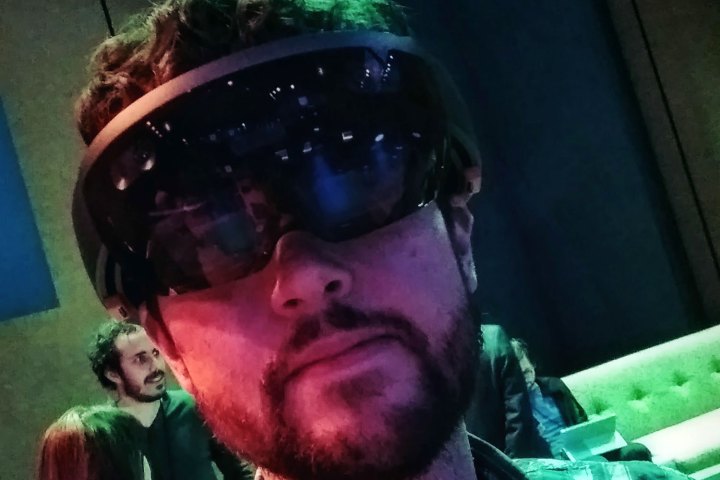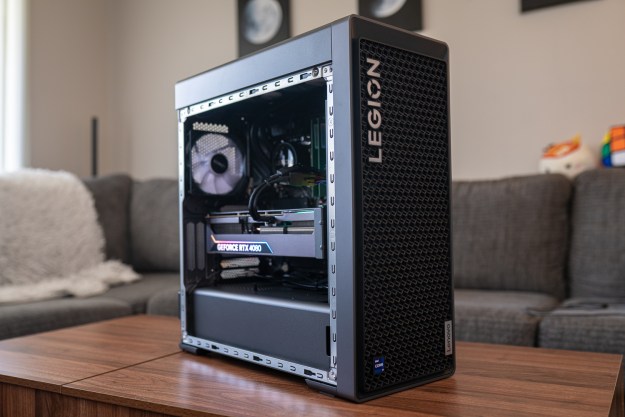
Microsoft opened the doors to its HoloLens headset for augmented reality applications to all developers earlier this year. A consumer version is currently not on the schedule, although it may appear in VR/AR hybrid headsets when the Creators Update for Windows 10 arrives this spring. Naturally, like any technology company, Microsoft is working on a next generation product — and one partner company is feeling the financial drawbacks of Microsoft’s focus.
That partner is Taiwanese fabless semiconductor company Himax Technologies, which provides major core components for the HoloLens headset. The company’s stock plunged on Tuesday after Mizuho Securities downgraded Himax’s shares from “buy” to “neutral,” and lowered the per-share price target from $10 to $7.70. Himax’s actual share price dropped to $6.72 right after the company’s stock was downgraded.
This wasn’t the first time Himax shares were downgraded. Nomura analyst Donnie Teng reduced the company’s trading from “buy” to “neutral” and its per-share price from $12 to $10.20 in September. That downgrade was due to weak shipments of a major augmented-reality device presumed to be Microsoft’s HoloLens headset. Shipments of the HoloLens aren’t expected to see a “meaningful ramp” until the second half of 2017.
Himax CEO Jordan Wu said after releasing the company’s third-quarter results in November that Himax anticipated “near-term headwinds” due to two specific product lines experiencing sales declines starting in the fourth quarter of 2016 and lasting until the second quarter of 2017. According to Wu, this decline will be due to a “major AR customer’s shift in focus to the development of future-generation devices.”
Does that mean the second-generation of HoloLens for developers will arrive in 2017? It’s highly likely. Consider that Microsoft is launching the Creators Update in the spring, which will have the Windows Holographic platform baked in. This will power holographic experiences for the general Windows 10 consumer base through headsets provided by third-party manufacturers. The devices could very well include select HoloLens components that are needed only for general use, not developers. Thus, it makes perfect sense that Microsoft would introduce HoloLens 2.0 at the same time for next-generation AR experience development.
Currently, developers can purchase up to five HoloLens Development Edition units for $3,000 each whereas companies can purchase up to 10 units of the HoloLens Commercial Suite for $5,000 each. Microsoft also expanded its HoloLens platforms to other territories outside the United States and Canada in October, thus setting Microsoft up to release HoloLens 2.0 next year to an even wider audience than when HoloLens was first introduced to developers.
As Nasdaq points out, component supplier Himax will eventually see growth in the AR market again several quarters into 2017. Whether or not the company will supply its core AR components to the third-party manufacturers supporting Windows Holographic in Windows 10 Creators Update remains to be seen. However, right now there’s all indication the company will see an increased growth in revenue and share value when HoloLens 2.0 goes into production.
Editors' Recommendations
- Microsoft Copilot vs. Google Duet: battle of the next-gen AI smart assistants
- You won’t be taking Microsoft’s HoloLens 3 into the metaverse
- HoloLens 2 will have dark mode, 5G support when it launches globally this fall
- Microsoft’s futuristic HoloLens 2 headset is now shipping, starting at $3,500
- Microsoft’s new HoloLens hologram tech can do language translation


